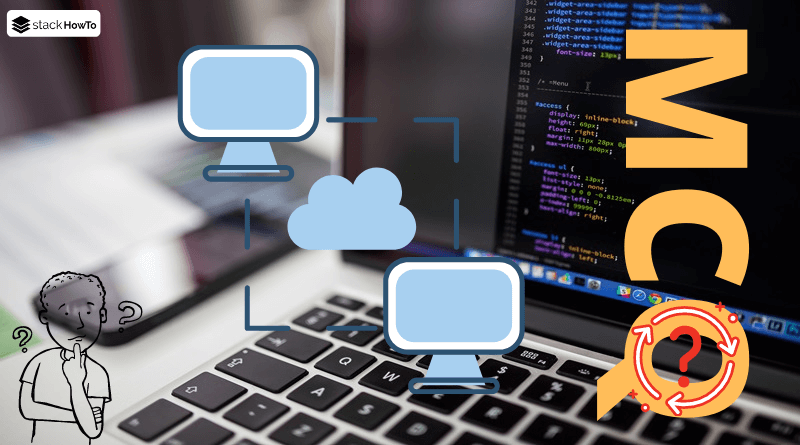RTCP Protocol
In this tutorial, we are going to see What is RTCP (Real-time Transfert Control Protocole)?
The spread of computers, coupled with the availability of inexpensive audio/video hardware, as well as the availability of higher-speed links, have made the interest of using the Internet to send audio and video, types of data that traditionally were reserved to specialized networks for this purpose, and for some years now audio and video conferencing have become a common practice.
However, the nature of the Internet itself means that it is not suitable for real-time data transmission, and as a result, the quality of the audio sent over the Internet is, on average, of poor quality. This study focuses on the analysis and solution of these problems in order to allow an audio conferencing or telephone application over the Internet to adapt its behavior to maintain an acceptable audio quality even in cases where the network is quite congested. These solutions, presented as control mechanisms, have been implemented and tested on the Free Phone audio conferencing and Internet phone software that we have developed. A study on the behavior that would have these mechanisms in an Internet that was evolving to integrate the Fair Queueing service discipline showed that these mechanisms, which would still be necessary, would even perform better in this type of network.
What is the RTCP Protocol?
The RTCP protocol is based on regular transmissions of control packets by all participants in the session.
It is an RTP flow control protocol, allowing to send basic information about the participants of a session, and about the quality of service
Use of RTCP Protocol:
RTCP (Realtime Transport Control Protocol) allows to transport and control of data flows with real-time characteristics. RTCP works on UDP. The RTCP header contains synchronization and numbering information. The encoding of the data will depend on the type of compression. RFCxxxx specifies RTCP, but the adaptation of a compression method to RTCP will be described in a specific RFC, for example, H261 on RTCP is described in RFCxxxx. Each RTCP channel is used per type of stream: one for audio, one for video. The xxx field is used for synchronization. RTP offers end-to-end service. It adds a header that provides the timing information needed to synchronize real-time streams such as audio and video. However, RTCP is generally used over UDP. RTCP can use Unicast (point-to-point) and Multicast (multipoint) modes.





